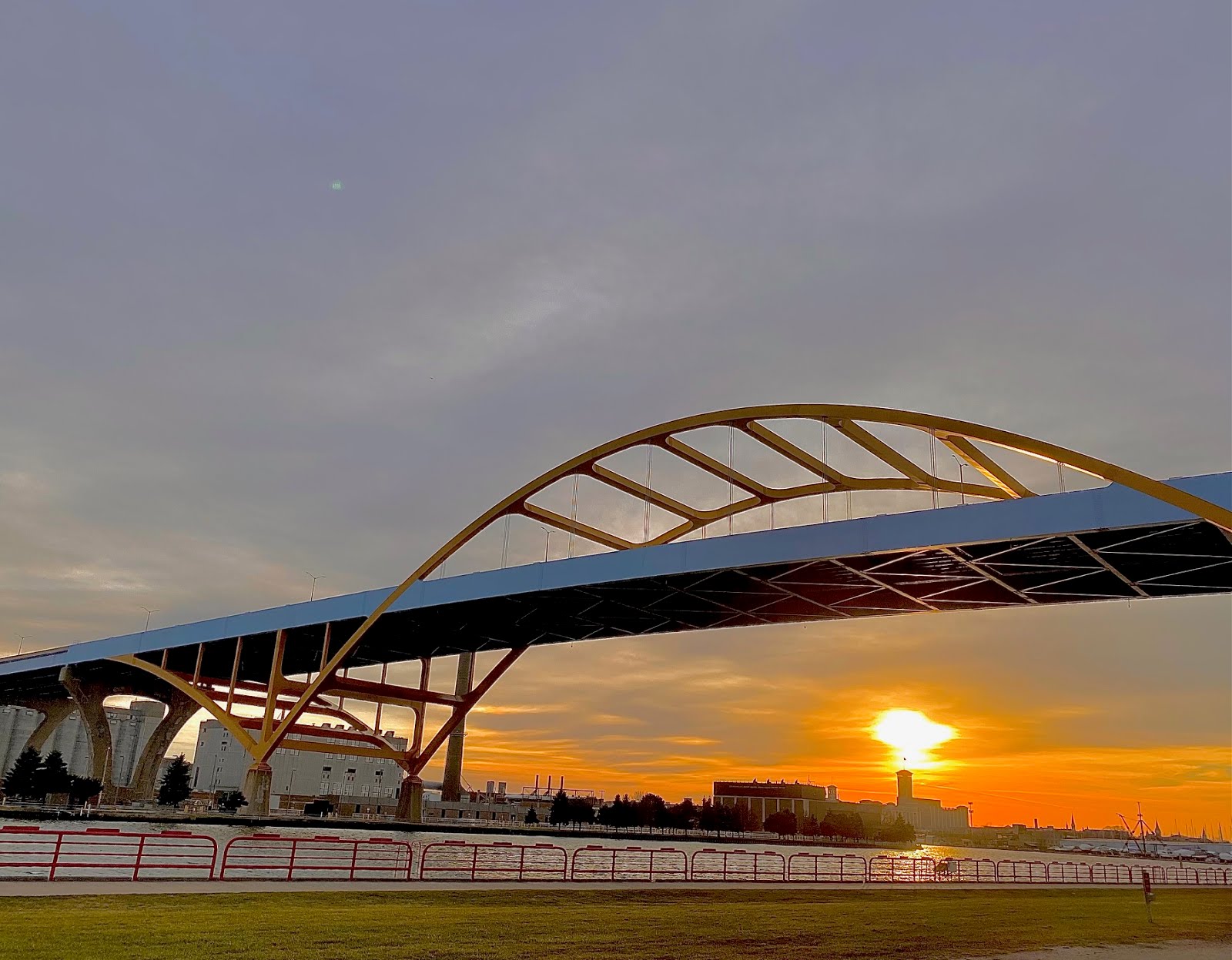SEWRPC's Narrow Self-Definition
Milwaukee Magazine editor Bruce Murphy the other day observed that SEWRPC - - the Southeastern Wisconsin Regional Planning Commission - - represents land, not people.
His dead-on remark was an explanation about why SEWRPC's 21-member board of commissioners has three representatives from each of SEWRPC's seven counties, but none from the City of Milwaukee, even though Milwaukee's population exceeds the individual populations of the six, non-Milwaukee Counties.
And I agree with Murphy that it helps explain why SEWRPC endorses highway expansion that is unfolding in the region to the tune of 120 miles of new lanes.
This is why I have been saying for some time that Milwaukee is in a taxation-without-representation circumstance, since City of Milwaukee residents also pay through a property tax levy for SEWRPC an annual share of SEWRPC's operating budget that exceeds the individual payments from five of the other counties, too.
Here is another illustration of SEWRPC's focus on land, rather than people.
Compare the purposes of a regional planning commission's activities in the state stature that created them - - 66.0309 - - with the purpose for that SEWRPC puts at the opening of its homepage at http://www.sewrpc.org/.
To further my point, I am bold-facing broad 'people issues' that the statute says are focus of regional planning in Wisconsin with the language that SEWRPC chooses.
The State Statute:
66.0309(10) (10) Adoption of master plan for region. The master plan shall be made with the general purpose of guiding and accomplishing a coordinated, adjusted and harmonious development of the region which will, in accordance with existing and future needs, best promote public health, safety, morals, order, convenience, prosperity or the general welfare, as well as efficiency and economy in the process of development. The regional planning commission may adopt the master plan as a whole by a single resolution, or, as the work of making the whole master plan progresses, may by resolution adopt a part or parts of the master plan, any part to correspond with one or more of the elements specified in s. 66.1001. The resolution shall refer expressly to the maps, plats, charts, programs and descriptive and explanatory matter, and other matters intended by the regional planning commission to form the whole or any part of the plan, and the action taken shall be recorded on the adopted plan or part of the adopted plan by the identifying signature of the chairperson of the regional planning commission and a copy of the plan or part of the adopted plan shall be certified to the legislative bodies of the local governmental units within the region. The purpose and effect of adoption of the master plan shall be solely to aid the regional planning commission and the local governments and local government officials comprising the region in the performance of their functions and duties.
SEWRPC Home Page:
About the Commission
The Southeastern Wisconsin Regional Planning Commission (SEWRPC) was established in 1960 as the official areawide planning agency for the highly urbanized southeastern region of the State. The Commission serves the seven counties of Kenosha, Milwaukee, Ozaukee, Racine, Walworth, Washington, and Waukesha.
The Commission was created to provide the basic information and planning services necessary to solve problems which transcend the corporate boundaries and fiscal capabilities of the local units of government comprising the Southeastern Wisconsin Region.
Regional planning provides a meaningful technical approach to the proper planning and design of public works systems, such as:
Highways
Transit
Sewerage
Water Supply
Park and Open Space Facilities
A regional approach is also essential for addressing environmental issues, including:
Flooding
Air and Water Pollution
Natural Resource Base Deterioration
Changing Land Use
Think about the difference.
SEWRPC says it focuses on public works and government limitations.
If it had more of a people perspective, it would have more everyday citizens on its advisory committees, giving them credit in SEWRPC's planning for their everyday experiences, and SEWRPC would have advisory committees working on issues like affordable housing, which it has not studied for 1975.
Or why it has finally begun to address the absence of low-income participants from its work - - but only with the creation of an Environmental Justice Task Force that is not a full-fledged advisory committee and is barely plugged into the work of the other SEWRPC committees.
I am sure that SEWRPC considers all its work to be on behalf of people, but the way it goes about it keeps many people away from the table.









No comments:
Post a Comment